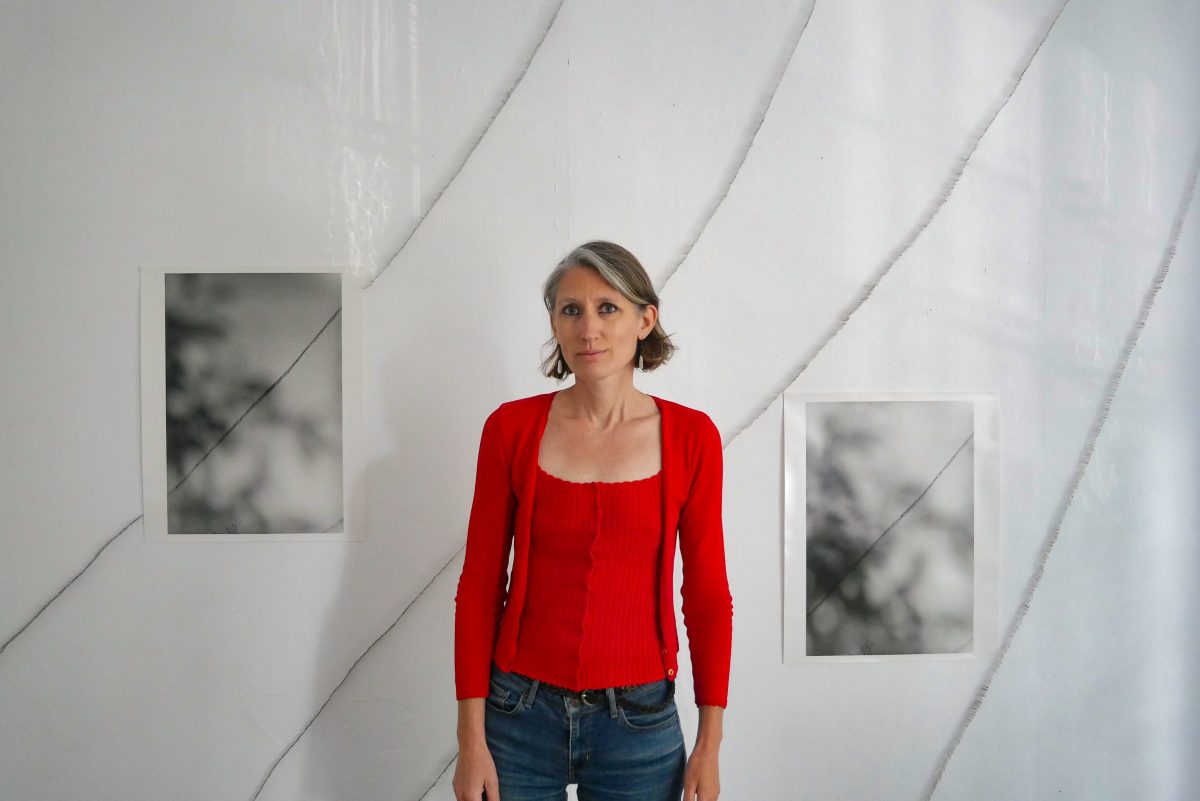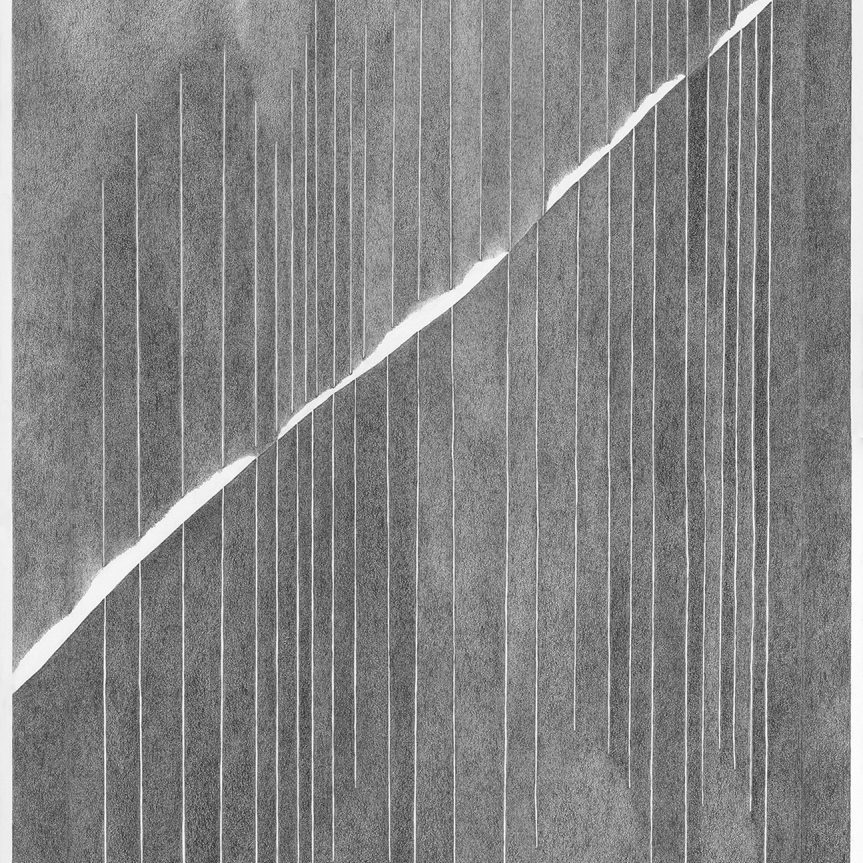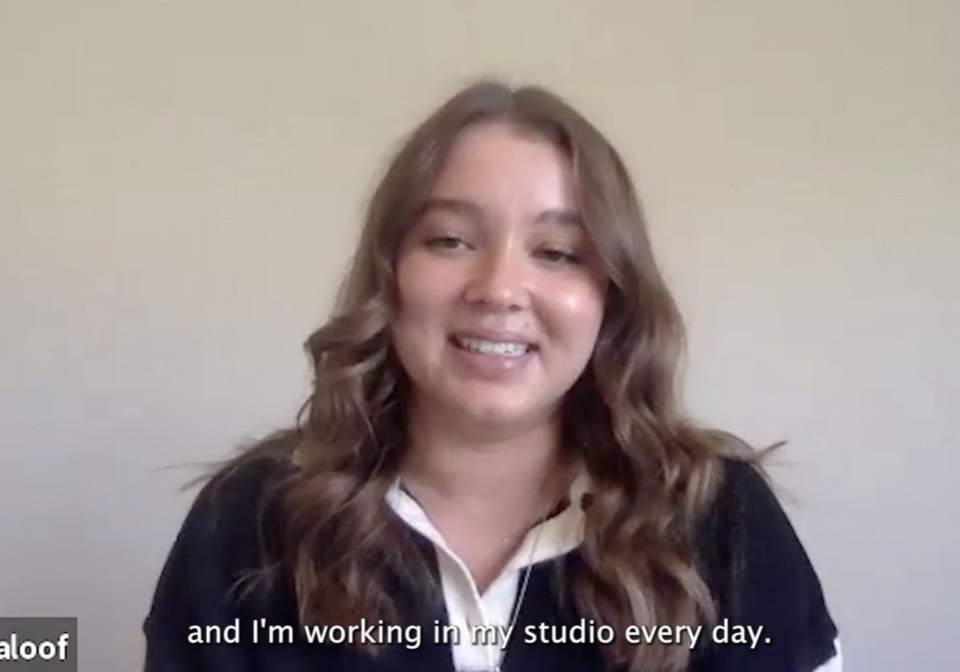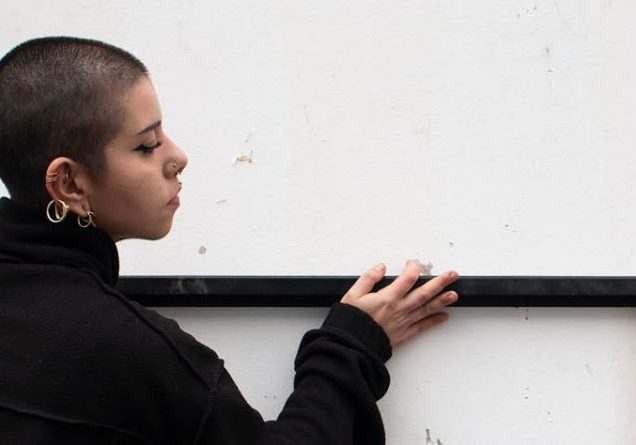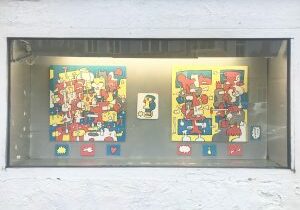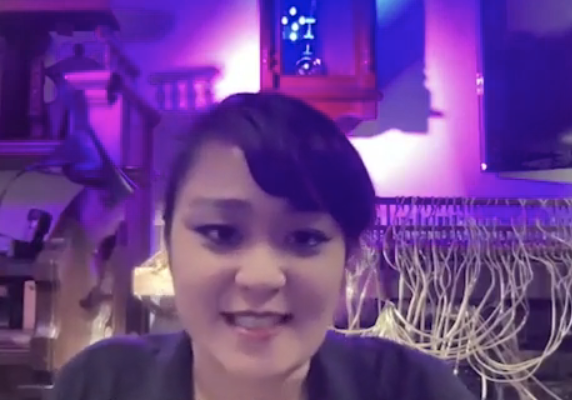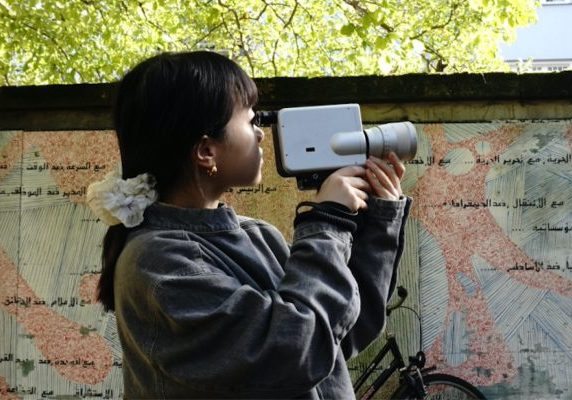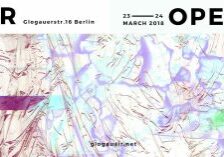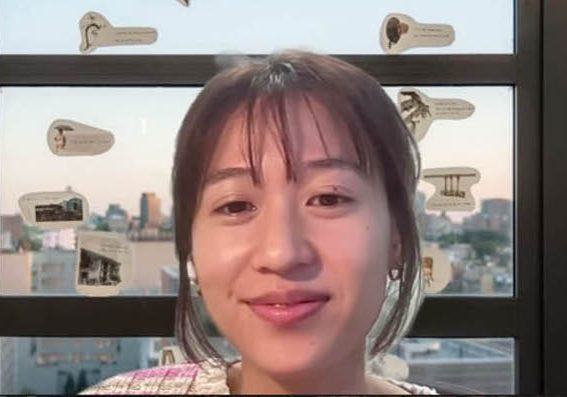Meet the Artist // Elise Beaucousin
As a visual artist, Elise’s drawing practice combines plant and mineral elements, architectural observation and geographical maps. Her different ways of drawing, on paper with graphite or on the wall with steel points (Steel Drawing) and black velvet, attentive to the exhibition space, are based on the observation of light’s interactions on materials and surfaces, and the resulting illusion of movement.
Can you give us an introduction about yourself and tell us about your background?
I’m a French artist who studied and lives in France. Since I was a teenager, I’ve had a really deep interest in Germany. During my time in art school, I became very interested in line, drawing, space, and architecture, which have been significant in my drawing journey.
For me, as an artist from the late 20th century, drawing spans through a variety of techniques and materials. Even as a student, I explored drawing with thread and different types of materials.

How did you transition towards more unconventional methods of drawing, such as drawing with light and shadow?
I began exploring light and shadow as a form of drawing because of my interest in architecture. Architecture involves the movement of light in space, which fascinates me. Growing up in the countryside, I developed a deep connection with nature from an early age, and the play of light and shadow in natural settings is very significant to me.
In French gardens, for example, the geometrical arrangement of trees creates a rhythm with shadows and movement, making the space feel alive. This interplay has always intrigued me. Additionally, I have a strong connection with music, having studied it alongside visual art since childhood. This dual interest has helped me to integrate the concepts of rhythm and movement from music into my visual art.
Did you study an instrument?
Yes, I studied piano. As a child, I also played the saxophone for a few years, so I have always been involved in music. However, piano remains my primary connection to music.
In France, when you study at a conservatory, you focus on composers like Johann Sebastian Bach, who is considered the backbone of music. This was very important to me. I even started working on score sheet paper when thinking about drawing. The first paper I chose for my drawings was sheet music because I was exploring how to represent time in drawing.
What are some artists who have greatly influenced your artistic journey?
During my studies, I was influenced by both classical and contemporary music, particularly Johann Sebastian Bach and minimalist American musicians from the 60s, like John Cage and Morton Feldman. These musicians had strong connections with visual artists, which fascinated me. I read extensively about John Cage and Morton Feldman during my time as an art student.
In terms of visual artists, one of the most important influences was Fred Sandback, an American minimalist. I saw his exhibition in a gallery in Berlin four years ago and also visited a large art foundation for minimalist artists in New York City, where I saw his works. Recently, there was an exhibition of Robert Ryman in France, which I found very interesting. I bought the catalogue and read a lot of critical analysis, as I enjoy art criticism.
Minimalist visual art and minimalist music, such as that by Steve Reich and Terry Riley, have also greatly influenced me. These musicians had strong connections with the dance movement, creating interesting intersections between music and dance. I have a show booked in Berlin at the end of August with a German choreographer who works with contemporary music, which reflects these ongoing connections.
What is your relationship with the art world and the art market? What do you think about it?
I am much more known in France. I’ve tried to establish contacts in Berlin, but I’m not very familiar with the art market here. In France, however, I receive a lot of support from the Ministry of Culture, so my connection is somewhat political. My drawings are part of the Centre Pompidou Collection, which is a public collection.
Additionally, the Guerlain family, known for their perfumes, has a significant drawing collection. They established the Prix Guerlain, a prestigious French drawing prize. They purchased some of my drawings and donated them to the Centre Pompidou. Having my drawings in a public collection is very important to me.
I also place great importance on collaborating with art critics, philosophers, and thinkers to discuss and analyse my work. I frequently work with independent art curators and art centres. Recently, the French government has provided significant support for artists working in these art centres, similar to an artist syndicate. This has led to a new development where artists are paid for their exhibitions, a change that started two years ago.
Currently, I feel that the art market is closely tied to politics. You may have heard about the recent stressful events in France, which have highlighted this connection.
You mentioned that you were a guest artist here in GlogauAIR before. How is it living here now with other artists?
I enjoy it very much. I like GlogauAIR because there are 13 artists, which is a lot but not too many. It’s the beginning of the residency for me, but I already appreciate the setup. We have our own rooms for sleeping and working, but we share common spaces like the kitchen, floor, and hall.
I enjoy the spontaneous discussions that happen in these shared spaces. For example, last Saturday night, me and James had a great conversation in the kitchen about music and the connection with architecture in Berlin. I recalled my experience at the Atonal Festival, where excellent sound systems mixed with impressive architecture and light installations. The interplay of these elements creates a unique atmosphere that I find very inspiring.

How is Berlin influencing your practice?
I’m very attentive to light and architecture, and Berlin offers a fascinating combination of both. The city’s unique blend of natural elements—fields, forests, and trees—creates a peaceful atmosphere that I find inspiring.
Last weekend, I bought my second drawing in a Berlin gallery, this time from a young American artist. Four years ago, I purchased a drawing from a German artist. Drawings are relatively affordable, and I enjoy having art in my home. I also engage in art exchanges with other artists.
I know you’re going back to teaching. What are your career plans after the residency?
Being at GlogauAIR Residency has been very interesting for me. The team has provided valuable advice on future applications, and we’ve visited the ZKU Residency, which I’m considering applying for in a few years.
I aim to strengthen my connections with Berlin and Stuttgart. It would be great to have a solo exhibition or a co-exhibition in Berlin. I’m currently figuring out what projects to work on next and I’m eager to work on a larger scale.
I also plan to prepare new work with Velvet and collaborate with musicians to create events that blend visual art with music. This is something I find particularly interesting and would like to explore further in Berlin. Additionally, I want to continue developing my photography skills. I draw with velvet, graphite, and steel, and photography is a new medium for me, but it’s going very well so far.
